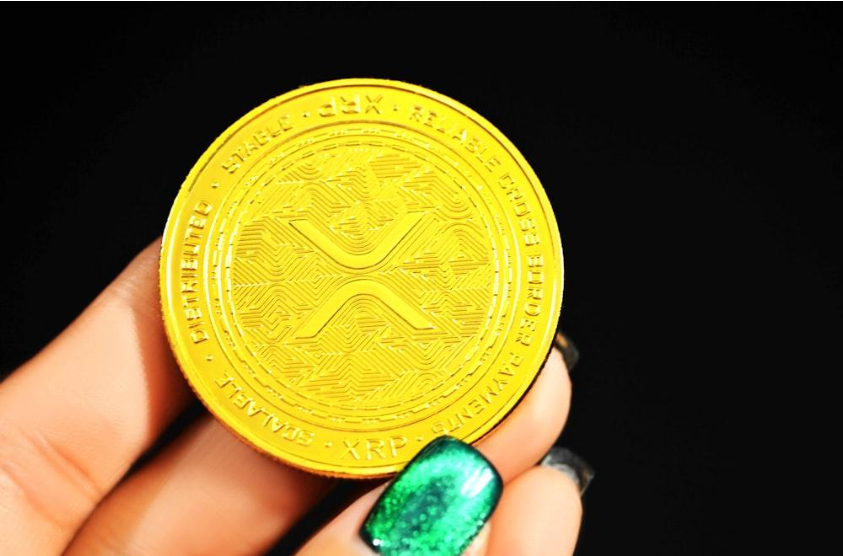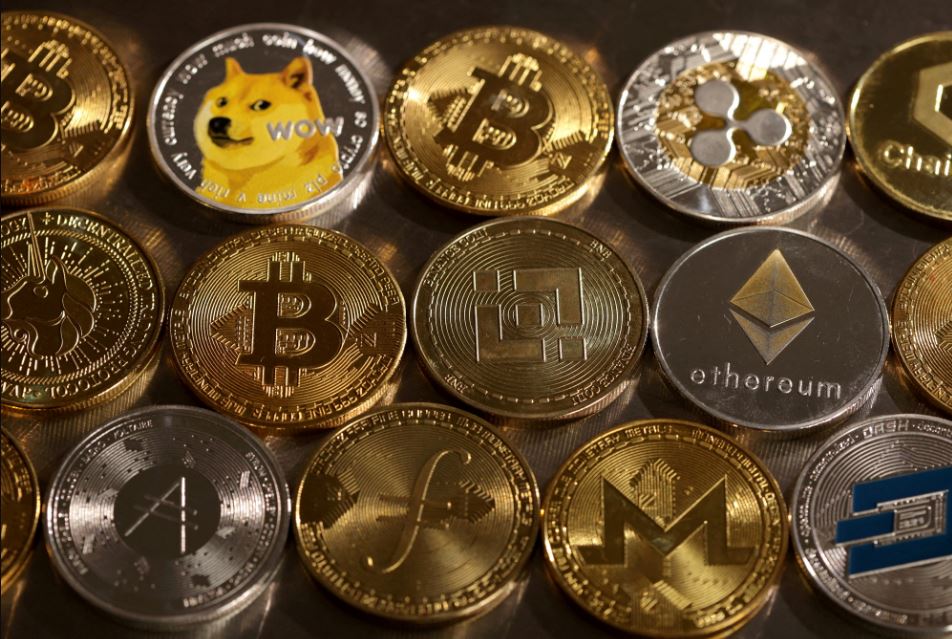Can cryptocurrencies become truly sustainable?

Cryptocurrencies have taken the financial world by storm despite being a relatively new asset class, mainly because the sector is in a constant state of evolution. This is enough to keep investors stoked to see what comes next and fuels the engagement rates of exchanges. There’s also the fact that cryptocurrencies have earned a reputation as being used as stores of value and that the technology that powers them, the blockchain, has the potential to become something much more comprehensive in the future and become an integral part of businesses, industries, and institutions from all over the world. In order to remain successful and see consistent revenue, investors have started looking into XRP prediction data to create solid strategies that can guide their short- and long-term transactions.
Yet, a problem persists in the crypto environment and is as relevant now as it has ever been. Cryptocurrencies, or more precisely, their mining, the process through which new coins are minted following the completion of complex mathematical problems, come with a lot of energy usage, which naturally results in a higher carbon footprint. Some studies show that the more well-known crypto coins can consume as much as some small or medium-sized countries, a serious problem given the effects of climate change and global warming. But since mining is a fundamental part of crypto, can the coins ever be considered sustainable?
The impact
Before delving into the ways in which crypto should change to meet its sustainability demands, it’s essential to determine where the brunt of its impact comes from. Environmentalists are mainly concerned about the processing power required to mine the coins. The procedure requires special equipment that has very high power to verify transactions. It is not just the equipment itself but also the cooling gadgets that are very much a necessity as they prevent the hardware from acquiring damage from overheating, as well as boost mining efficiency.
Miners have to solve puzzles around the clock to remain productive, and that requires very hefty quantities of computational power. All of it comes with complex algorithms. Add to that the fact that most of the energy miners use comes from non-renewable sources, and you’ve got a very clear picture of why the industry is facing the wrath of many activists. Other blockchain-based products are similarly taking a toll on the natural world. NFTs have been recognized for their power consumption rates since the day of their release, and the selling of just one of them is equivalent to a one-hour flight in terms of carbon footprint.
The changes
The crypto market is famous for its fluctuations and volatility. The prices can often change overnight, so it is exceedingly challenging for investors to come up with a strategy that can genuinely minimize the amount of their losses. The reason for this is that blockchains are fully decentralized. Since they’re not tied to any financial authority, their prices are quite vulnerable to the influence of all kinds of factors, both internal and external. In the case of the former, supply, demand, and engagement rates are the most important, and values change quite often depending on these metrics. Since the world of cryptocurrencies is constantly moving and evolving, it isn’t unheard of for traders to lose interest in an asset and move on to the next best thing.
But there are also exceptions, and the coins that have shown they can withstand market fluctuations more efficiently are also more likely to maintain their popularity levels. External factors include macroeconomics and the movements that take place in traditional finance, such as inflation or interest rate hikes. During times of bullish runs, when the prices suddenly pick up speed and rally to higher levels, sometimes breaking their own previous records, the amount of power that goes into minting new crypto naturally becomes more elevated as well.
This is concerning right now because analysts expect cryptocurrencies to continue growing throughout 2024 despite the momentary episode of corrections at the end of spring. In XRP’s case, most crypto users believe that trends will be very bullish in the foreseeable future. The bearish movement seems to be a thing of the past, as the coin is indeed trending bullish and moving upwards according to data from the 50-day moving average metric. Low transaction fees and ultra-fast speeds will bring the asset exponential growth in the next year as well, and by 2026, it could reach an average price of $4.50, especially if regulators come up with a definitive framework for crypto.
Between 2027 and 2029, XRP is expected to join forces with noteworthy financial institutions, become integrated into standard payment systems, expand into DApps and smart contracts, and be adopted in the tech sectors of the financial industry. If growth remains constant and can be consolidated by 2030, the average price could be $15.02. Ideally, this will mean that the process of creating cryptocurrencies has less of a negative impact on the environment.
The future
So, what are some practical steps cryptocurrencies can take to reduce their negative impact on the environment? Keeping up with the advice and recommendations is the surest way to improve the sector’s credentials. All this work can’t be done in a single day, and it will take consistent effort over a long time to make an actual difference. Moreover, it’s crucial to be aware of the upgrades, as sustainability is ever-changing and evolving as new tech is developed and scientists discover new ways in which human activities harm the world, as well as what could be done to mitigate the effects.
Moving to renewable energy and integrating carbon footprint offsetting as part of crypto blockchain use is a start. Integrating protocols that can ensure and maintain energy efficiency is also crucial. Mining facilities can also recycle their heat to reduce their carbon footprint, and some have actually begun to do so.
More and more investors are concerned about the state of the environment, so it goes without saying that these initiatives would enjoy a positive reception from users. In fact, they might even boost engagement rates and get new potential traders to give the market a try.




